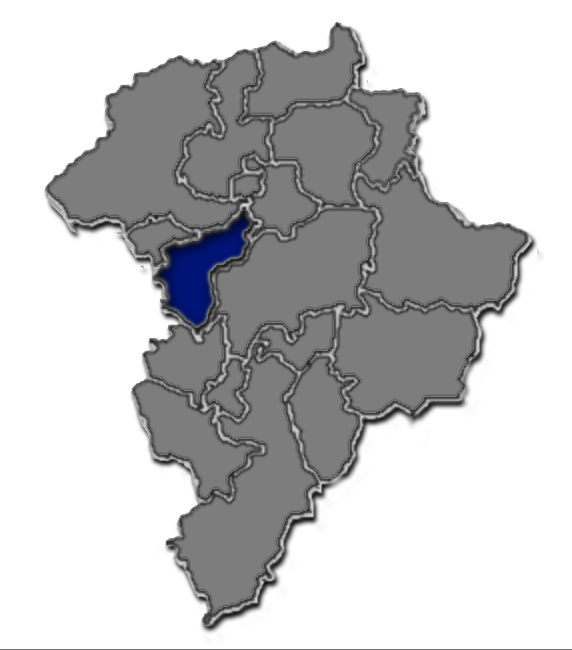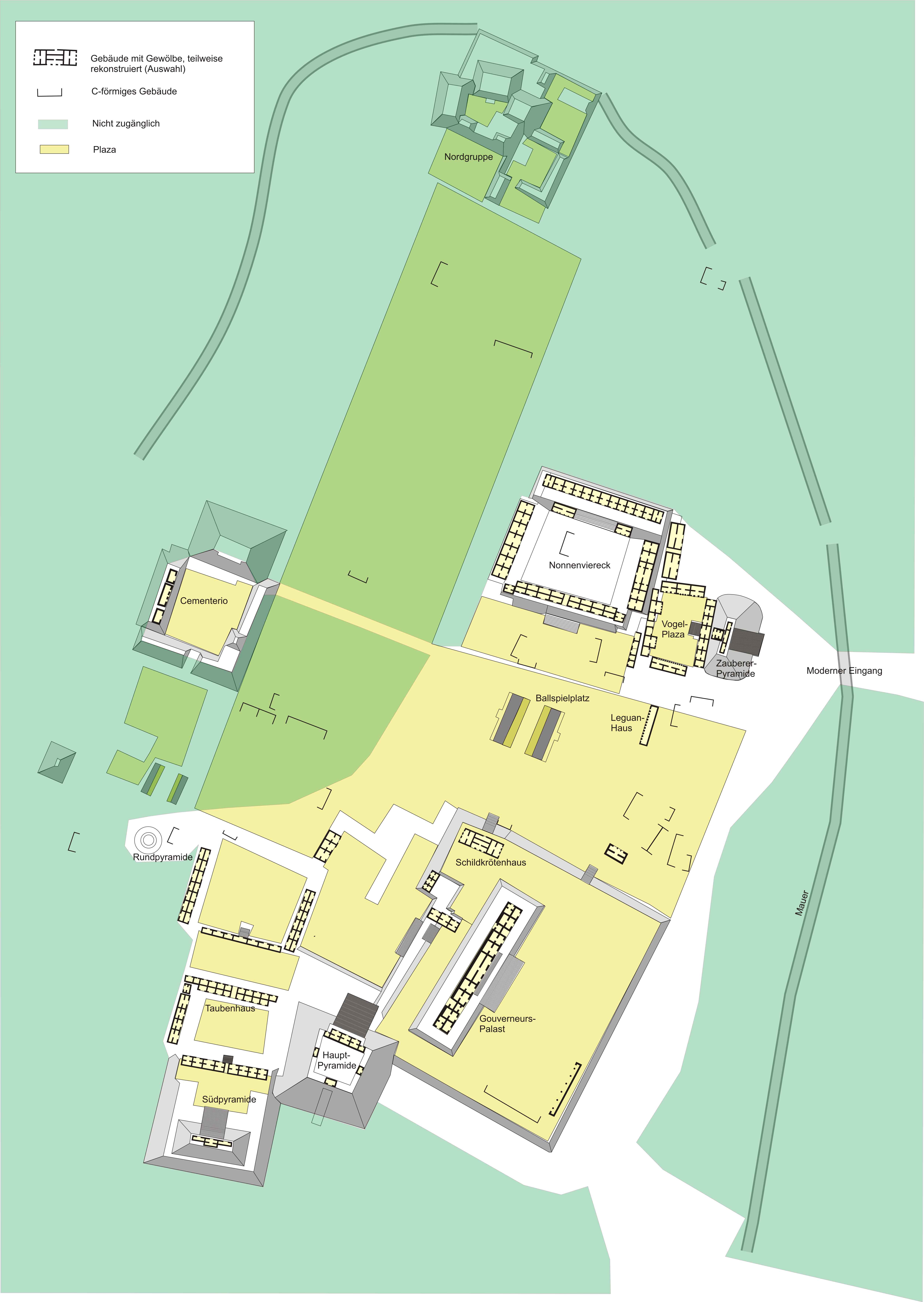|
Kukulcán
K’uk’ulkan, also spelled Kukulkan, ( "''Plumed Serpent''", "''Amazing Serpent''") is the name of a Mesoamerican serpent deity that was worshipped by the Yucatec Maya people of the Yucatán Peninsula before the Spanish conquest of Yucatán. The depiction of the Feathered Serpent is present in other cultures of Mesoamerica. Kukulkan is closely related to the deity Qʼuqʼumatz of the Kʼicheʼ people and to Quetzalcoatl of Aztec mythology. Little is known of the mythology of this Pre-Columbian era deity. Although heavily Mexicanised, Kukulkan has his origins among the Maya of the Classic Period, when he was known as ''Waxaklahun Ubah Kan'' (), the War Serpent, and he has been identified as the Postclassic version of the Vision Serpent of Classic Maya art. The cult of Kukulkan/Quetzalcoatl was the first Mesoamerican religion to transcend the old Classic Period linguistic and ethnic divisions.Sharer & Traxler 2006, pp 582-3. This cult facilitated communication and peaceful ... [...More Info...] [...Related Items...] OR: [Wikipedia] [Google] [Baidu] |
El Castillo, Chichen Itza
El templo, known as the Temple of Kukulcán (or also just as Kukulcán), is a Mesoamerican step-pyramid that dominates the center of the Chichen Itza archaeological site in the Mexican state of Yucatán. The temple building is more formally designated by archaeologists as Chichen Itza Structure 5B18. Built by the pre-Columbian Maya civilization sometime between the 8th and 12th centuries AD, the building served as a temple to the deity Kukulcán, the Yucatec Maya Feathered Serpent deity closely related to Quetzalcoatl, a deity known to the Aztecs and other central Mexican cultures of the Postclassic period. It has a substructure that likely was constructed several centuries earlier for the same purpose. The temple consists of a series of square terraces with stairways up each of the four sides to the temple on top. Sculptures of plumed serpents run down the sides of the northern balustrade. Around the spring and autumn equinoxes, the late afternoon sun strikes off the northw ... [...More Info...] [...Related Items...] OR: [Wikipedia] [Google] [Baidu] |
Chichen Itza
Chichen Itza , es, Chichén Itzá , often with the emphasis reversed in English to ; from yua, Chiʼchʼèen Ìitshaʼ () "at the mouth of the well of the Itza people" was a large pre-Columbian city built by the Maya people of the Terminal Classic period. The archeological site is located in Tinúm Municipality, Yucatán State, Mexico. Chichen Itza was a major focal point in the Northern Maya Lowlands from the Late Classic (c. AD 600–900) through the Terminal Classic (c. AD 800–900) and into the early portion of the Postclassic period (c. AD 900–1200). The site exhibits a multitude of architectural styles, reminiscent of styles seen in central Mexico and of the Puuc and Chenes styles of the Northern Maya lowlands. The presence of central Mexican styles was once thought to have been representative of direct migration or even conquest from central Mexico, but most contemporary interpretations view the presence of these non-Maya styles more as the result of cultural ... [...More Info...] [...Related Items...] OR: [Wikipedia] [Google] [Baidu] |
Mexico
Mexico (Spanish: México), officially the United Mexican States, is a country in the southern portion of North America. It is bordered to the north by the United States; to the south and west by the Pacific Ocean; to the southeast by Guatemala, Belize, and the Caribbean Sea; and to the east by the Gulf of Mexico. Mexico covers ,Mexico ''''. . making it the world's 13th-largest country by are ... [...More Info...] [...Related Items...] OR: [Wikipedia] [Google] [Baidu] |
Cult (religious Practice)
Cult is the care (Latin: ''cultus'') owed to deities and temples, shrines, or churches. Cult is embodied in ritual and ceremony. Its present or former presence is made concrete in temples, shrines and churches, and cult images, including votive offerings at votive sites. Etymology Cicero defined ''religio'' as ''cultus deorum'', "the cultivation of the gods." The "cultivation" necessary to maintain a specific deity was that god's ''cultus,'' "cult," and required "the knowledge of giving the gods their due" ''(scientia colendorum deorum)''. The noun ''cultus'' originates from the past participle of the verb ''colo, colere, colui, cultus'', "to tend, take care of, cultivate," originally meaning "to dwell in, inhabit" and thus "to tend, cultivate land ''(ager)''; to practice agriculture," an activity fundamental to Roman identity even when Rome as a political center had become fully urbanized. ''Cultus'' is often translated as "cult" without the negative connotations the word ... [...More Info...] [...Related Items...] OR: [Wikipedia] [Google] [Baidu] |
Mixco Viejo Ballcourt Marker
Mixco () is a city and municipality in the Guatemala department of Guatemala. It is next to the main Guatemala City municipality and has become part of the Guatemala City Metropolitan Area. Most of Mixco is separated from the city by canyons, for which a multitude of bridges have been created. Ciudad San Cristóbal, one of Guatemala's largest cities, is located in this municipality. It is the second largest city in Guatemala Department, after Guatemala City, with a population of 465,773. Administrative division The municipality is divided into zones with residential neighborhoods, villages, settlements and the municipal capital. Due to its close proximity to Guatemala City, several villages were turned into residential neighborhoods. From the residential neighborhoods it is excluded "La Florida", which separated from Mixco to join Guatemala City in 1958. Mayors Universities * UruralG * UPANA * USAC * URL *UNI Sports Deportivo Mixco football club play in the G ... [...More Info...] [...Related Items...] OR: [Wikipedia] [Google] [Baidu] |
Gulf Coast Of Mexico
The Gulf Coast of Mexico or East Coast of Mexico stretches along the Gulf of Mexico from the border between Mexico and the United States at Matamoros, Tamaulipas all the way to the tip of the Yucatán Peninsula at Cancún. It includes the coastal regions along the Bay of Campeche. Major cities include Veracruz, Tampico, and Coatzacoalcos. See also * Pacific Coast of Mexico The Pacific Coast of Mexico or West Coast of Mexico stretches along the coasts of western Mexico at the Pacific Ocean and its Gulf of California (Sea of Cortez). Geography Baja California Peninsula On the western Baja California Peninsula coas ... * References Coasts of Mexico Coasts of the Atlantic Ocean Gulf of Mexico Geography of Mesoamerica Geography of Veracruz Yucatán Peninsula {{Mexico-geo-stub ... [...More Info...] [...Related Items...] OR: [Wikipedia] [Google] [Baidu] |
Putún Maya
Putún or Chontal Maya is a collective name for several groups of Maya that displaced much of the older leadership of the Maya Lowlands during the Late Classic and Postclassic. The Putún, who came from the Gulf coast in the northwest region of the Maya area, are generally held to have been more Mexicanized than their contemporaries. They were associated with the Puuc architectural style and distinctive orangeware pottery. The Itza are often considered a group of Putún Maya.Schele & Freidel (1990, p.497) The contemporary Chontal Maya of Tabasco Tabasco (), officially the Free and Sovereign State of Tabasco ( es, Estado Libre y Soberano de Tabasco), is one of the 32 Federal Entities of Mexico. It is divided into 17 municipalities and its capital city is Villahermosa. It is located in ... speak a closely related language. Notes References * * Maya peoples {{mesoamerica-stub ... [...More Info...] [...Related Items...] OR: [Wikipedia] [Google] [Baidu] |
Territorial Religion
A territory is an area of land, sea, or space, particularly belonging or connected to a country, person, or animal. In international politics, a territory is usually either the total area from which a state may extract power resources or an administrative division is usually an area that is under the jurisdiction of a sovereign state. As a subdivision a territory is in most countries an organized division of an area that is controlled by a country but is not formally developed into, or incorporated into, a political unit of the country that is of equal status to other political units that may often be referred to by words such as "provinces" or "regions" or "states". In its narrower sense, it is "a geographic region, such as a colonial possession, that is dependent on an external government." Etymology The origins of the word "territory" begin with the Proto-Indo-European root ''ters'' ('to dry'). From this emerged the Latin word ''terra'' ('earth, land') and later the La ... [...More Info...] [...Related Items...] OR: [Wikipedia] [Google] [Baidu] |
Itza People
Itza may refer to: * Itza people, an ethnic group of Guatemala * Itzaʼ language, a Mayan language * Itza Kingdom (other) * Itza, Navarre, a town in Spain See also * Chichen Itza, a Mayan city * Iza (other) * Izza (other) * ITSA (other) ITSA may refer to: * Indian Telecommunication Service Officers` Association in India * Instituto Tecnológico Superior Aeronáutico in Ecuador * Intelligent Transportation Society of America, an advocate for Intelligent Transportation Systems in ... {{disambiguation Language and nationality disambiguation pages ... [...More Info...] [...Related Items...] OR: [Wikipedia] [Google] [Baidu] |
Tzotzil Language
Tzotzil (; ''Batsʼi kʼop'' ) is a Maya language spoken by the indigenous Tzotzil Maya people in the Mexican state of Chiapas. Most speakers are bilingual in Spanish as a second language. In Central Chiapas, some primary schools and a secondary school are taught in Tzotzil. Tzeltal is the most closely related language to Tzotzil and together they form a Tzeltalan sub-branch of the Mayan language family. Tzeltal, Tzotzil and Chʼol are the most widely spoken languages in Chiapas besides Spanish. There are six dialects of Tzotzil with varying degrees of mutual intelligibility, named after the different regions of Chiapas where they are spoken: Chamula, Zinacantán, San Andrés Larráinzar, Huixtán, Chenalhó, and Venustiano Carranza. ''Centro de Lengua, Arte y Literatura Indígena'' (CELALI) suggested in 2002 that the name of the language (and the ethnicity) should be spelled Tsotsil, rather than Tzotzil. Native speakers and writers of the language are picking up the habit o ... [...More Info...] [...Related Items...] OR: [Wikipedia] [Google] [Baidu] |
Mayapan
Mayapan (Màayapáan in Modern Maya; in Spanish Mayapán) is a Pre-Columbian Maya site a couple of kilometers south of the town of Telchaquillo in Municipality of Tecoh, approximately 40 km south-east of Mérida and 100 km west of Chichen Itza; in the state of Yucatán, Mexico. Mayapan was the political and cultural capital of the Maya in the Yucatán Peninsula during the Late Post-Classic period from the 1220s until the 1440s. Estimates of the total city population are 15,000–17,000 people, and the site has more than 4,000 structures within the city walls, and additional dwellings outside. The site has been professionally surveyed and excavated by archeological teams, beginning in 1939; five years of work was done by a team in the 1950s, and additional studies were done in the 1990s. Since 2000, a collaborative Mexican-United States team has been conducting excavations and recovery at the site, which continue. Layout Mayapan is 4.2 square kilometers (about 1. ... [...More Info...] [...Related Items...] OR: [Wikipedia] [Google] [Baidu] |
Uxmal
Uxmal (Yucatec Maya: ''Óoxmáal'' ) is an ancient Maya city of the classical period located in present-day Mexico. It is considered one of the most important archaeological sites of Maya culture, along with Palenque, Chichen Itza and Calakmul in Mexico, Caracol and Xunantunich in Belize, and Tikal in Guatemala. It is located in the Puuc region of the eastern Yucatán Peninsula, and is considered one of the Maya cities most representative of the region's dominant architectural style. It has been designated a UNESCO World Heritage Site in recognition of its significance. Uxmal is located 62 km south of Mérida, capital of Yucatán state in Mexico. Its buildings are noted for their size and decoration. Ancient roads called ''sacbes'' connect the buildings, and also were built to other cities in the area such as Chichén Itzá in modern-day Mexico, Caracol and Xunantunich in modern-day Belize, and Tikal in modern-day Guatemala. Its buildings are typical of the Puuc style, wi ... [...More Info...] [...Related Items...] OR: [Wikipedia] [Google] [Baidu] |





